How To Make A Monocular Step By Step ?
To make a monocular, you will need the following materials: a small magnifying lens, a cardboard tube (such as a paper towel roll), scissors, tape, and a ruler.
1. Start by measuring and marking the desired length for your monocular on the cardboard tube. Use the ruler to ensure accuracy.
2. Cut the tube to the desired length using the scissors.
3. Take the magnifying lens and position it at one end of the tube. Make sure it is centered and secure it in place using tape.
4. Your monocular is now ready to use. Hold it up to your eye, with the lens facing away from you, and look through the other end to view distant objects.
Remember, the quality of the monocular will depend on the quality of the lens you use. Experiment with different lenses to achieve the desired magnification and clarity.
1、 Gathering Materials and Tools
To make a monocular, you will need to gather the necessary materials and tools. Here is a step-by-step guide on how to do so:
1. Determine the magnification power you want for your monocular. This will help you choose the appropriate lens and eyepiece.
2. Gather the following materials:
- Objective lens: This is the lens that collects light and forms the image.
- Eyepiece lens: This lens magnifies the image formed by the objective lens.
- Tube: This will hold the lenses in place and provide stability.
- Lens caps: These protect the lenses when not in use.
- Focusing mechanism: This allows you to adjust the focus of the monocular.
- Mounting bracket (optional): This can be used to attach the monocular to a tripod or other support.
3. Tools you will need:
- Screwdriver: To attach the lenses and other components.
- Glue or adhesive: To secure the lenses and other parts in place.
- Cutting tool: To cut the tube to the desired length.
- Sandpaper: To smooth any rough edges on the tube.
4. Assemble the monocular by attaching the objective lens to one end of the tube and the eyepiece lens to the other end. Use the screwdriver and adhesive as needed.
5. Install the focusing mechanism, if applicable, to allow for adjusting the focus of the monocular.
6. Cut the tube to the desired length, keeping in mind the distance between the lenses for optimal performance.
7. Smooth any rough edges on the tube using sandpaper.
8. Attach lens caps to protect the lenses when not in use.
9. Optionally, attach a mounting bracket to the monocular if you want to use it with a tripod or other support.
It is important to note that making a monocular from scratch can be a complex task, requiring knowledge of optics and precision in assembling the components. It may be more practical and cost-effective to purchase a pre-made monocular from a reputable manufacturer.
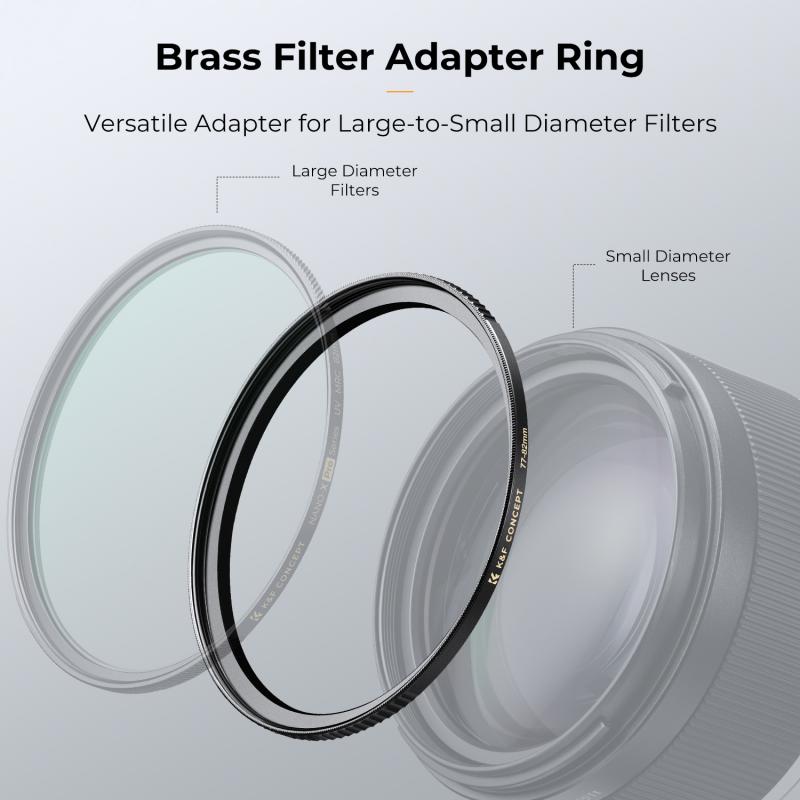
2、 Preparing the Lens and Eyepiece
To make a monocular, you will need to follow several steps. Here is a step-by-step guide on how to prepare the lens and eyepiece for your monocular:
1. Gather the materials: You will need a convex lens, an eyepiece, a tube or housing for the monocular, and any necessary tools such as a screwdriver or adhesive.
2. Clean the lens and eyepiece: Use a microfiber cloth or lens cleaning solution to remove any dust or smudges from the lens and eyepiece. This will ensure clear vision when using the monocular.
3. Attach the lens to the tube: If your lens does not come with a housing, you will need to attach it to a tube or housing. Use adhesive or screws to secure the lens in place, making sure it is centered and aligned properly.
4. Attach the eyepiece: Similarly, attach the eyepiece to the other end of the tube or housing. Again, use adhesive or screws to secure it in place.
5. Adjust the focus: Depending on the design of your monocular, you may need to adjust the focus. This can be done by moving the lens or eyepiece closer or further away from each other until you achieve a clear image.
6. Test the monocular: Once the lens and eyepiece are securely attached and the focus is adjusted, test the monocular by looking through it. Make any necessary adjustments to the lens or eyepiece to improve the clarity of the image.
It is important to note that making a monocular from scratch requires some technical knowledge and skills. If you are not confident in your abilities, it may be best to purchase a pre-made monocular from a reputable manufacturer.
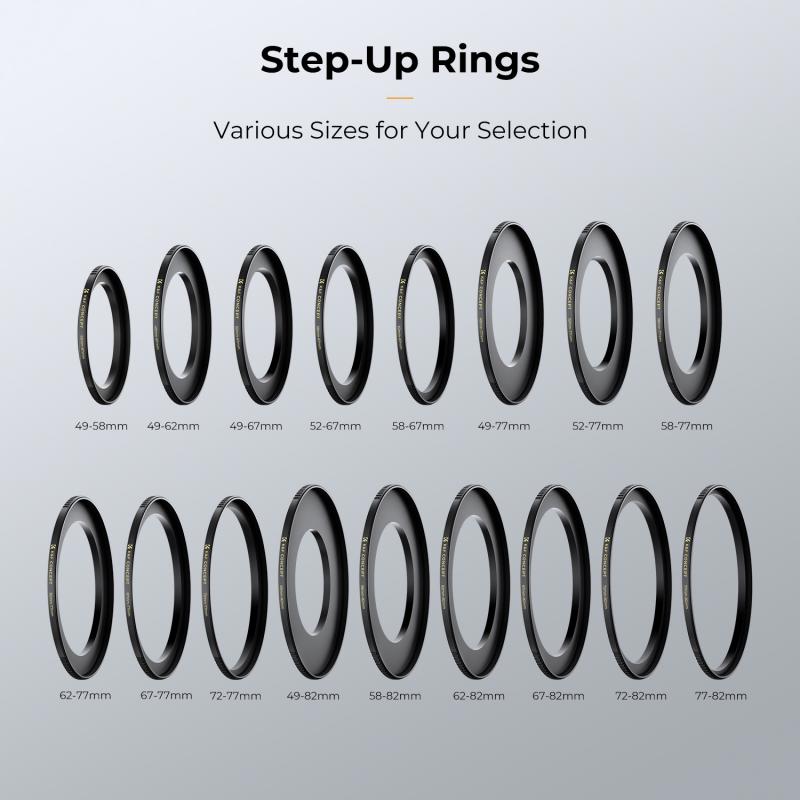
3、 Assembling the Monocular Body
To assemble a monocular, follow these step-by-step instructions:
1. Gather the necessary materials: You will need a monocular kit, which typically includes the body, eyepiece, objective lens, focus wheel, and lens covers. Additionally, you may need a screwdriver or Allen wrench, depending on the kit.
2. Start by attaching the eyepiece to the monocular body. Align the threads on the eyepiece with those on the body and twist them together until they are securely connected.
3. Next, attach the objective lens to the front of the monocular body. Again, align the threads and twist them together until they are tight.
4. Once the lens is attached, you can adjust the focus wheel. Turn the wheel clockwise or counterclockwise to achieve the desired focus. This step may vary depending on the specific monocular kit, so refer to the manufacturer's instructions for guidance.
5. Finally, attach the lens covers to protect the objective lens and eyepiece when not in use. These covers typically snap or slide into place.
It is important to note that the specific steps may vary depending on the monocular kit you have. Always refer to the manufacturer's instructions for the most accurate and up-to-date information.
Additionally, it is recommended to handle the monocular with care and avoid touching the lenses with your fingers, as this can leave smudges and affect the image quality. Use a lens cleaning cloth or solution to clean the lenses if necessary.
By following these steps, you can assemble your monocular and start enjoying the benefits of a single-eye viewing device.
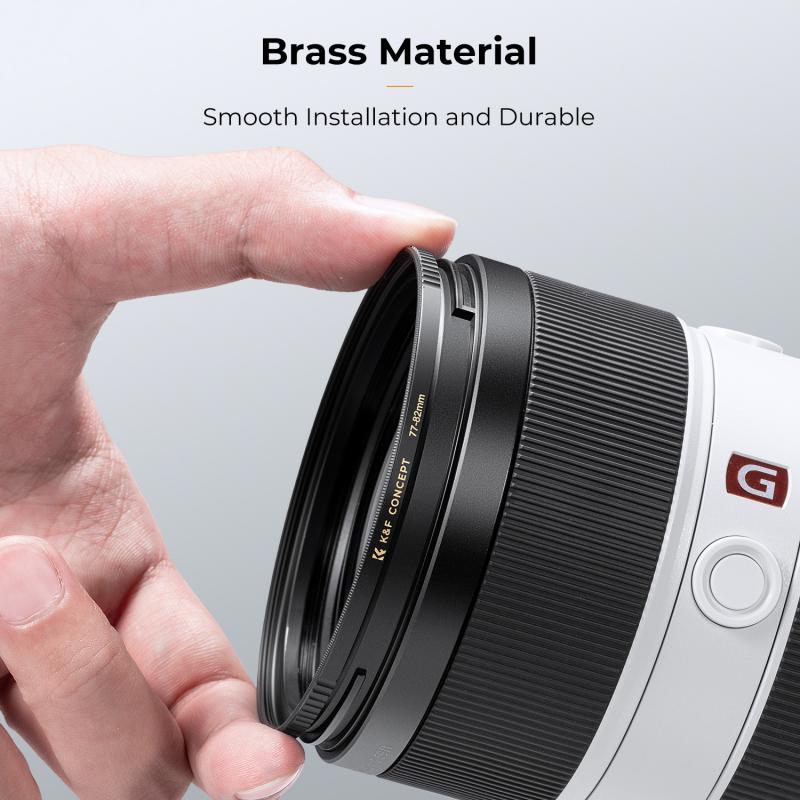
4、 Focusing Mechanism and Adjustments
To make a monocular with a focusing mechanism and adjustments, follow these step-by-step instructions:
1. Gather the necessary materials: You will need a lens, a tube or casing to hold the lens, a focusing mechanism such as a rack and pinion or a helical system, and any additional components like eyepieces or filters.
2. Start by attaching the lens to one end of the tube or casing. Ensure that it is securely fixed in place.
3. Next, install the focusing mechanism. If using a rack and pinion system, attach the rack to the tube and the pinion to a knob or wheel that can be turned to adjust focus. If using a helical system, screw it onto the tube.
4. Test the focusing mechanism to ensure smooth movement. Make any necessary adjustments or lubrication to ensure it functions properly.
5. If desired, add an eyepiece or filter to enhance the viewing experience. This can be attached to the other end of the tube or casing.
6. Finally, test the monocular by looking through it and adjusting the focus using the focusing mechanism. Make any further adjustments or modifications as needed.
From a modern perspective, advancements in technology have led to the development of more sophisticated focusing mechanisms and adjustments for monoculars. Some monoculars now feature electronic focus control, allowing for precise adjustments with the push of a button. Additionally, image stabilization technology has been incorporated into certain models, reducing hand shake and providing a steadier view. These advancements have greatly improved the user experience and made monoculars more accessible to a wider range of individuals.
It is important to note that creating a monocular with a focusing mechanism and adjustments requires a certain level of technical skill and knowledge. If you are not confident in your abilities, it may be best to purchase a pre-made monocular with the desired features.


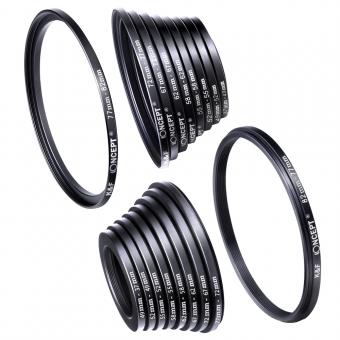
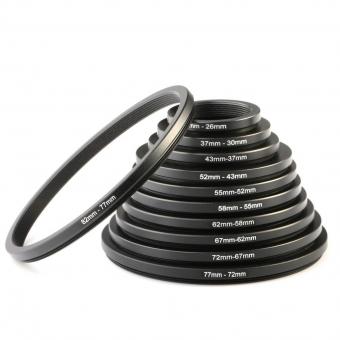
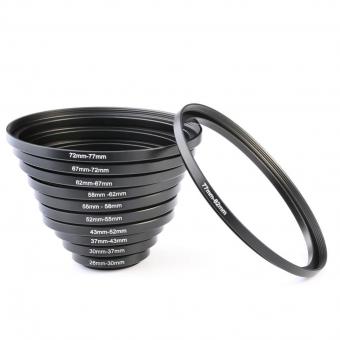
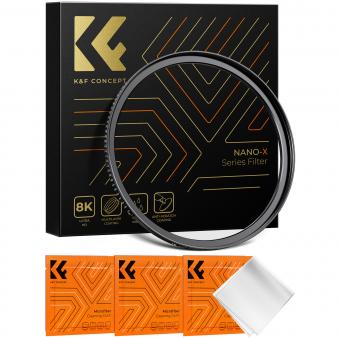


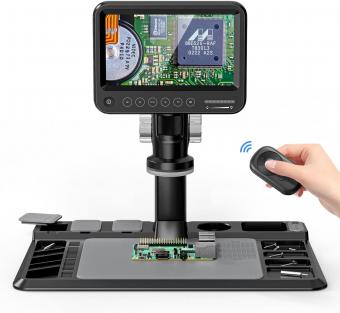

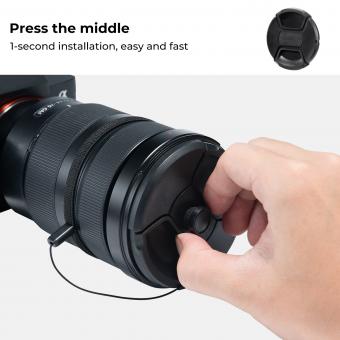

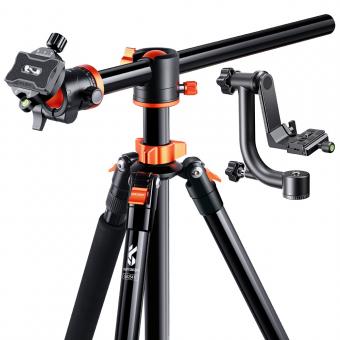


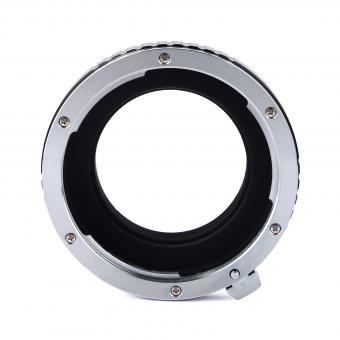



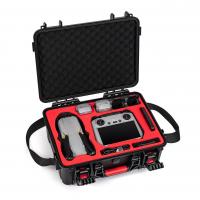






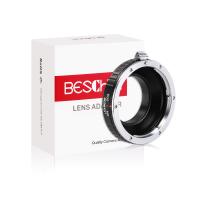

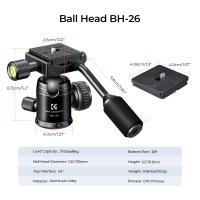
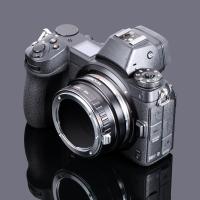





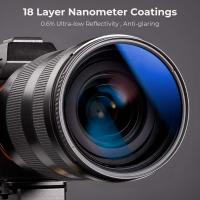
There are no comments for this blog.